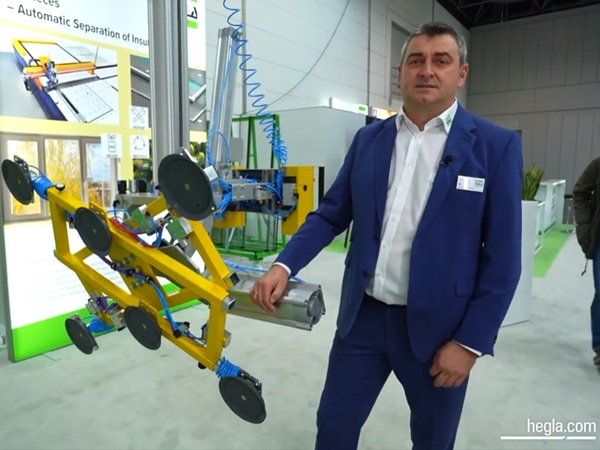Date: 28 January 2015
This is why we’ve put together a Vacuum Lifter Safety Code which outlines the essential information to remember when using this kit. Our machines have top-of-the-range safety features, but a lift can easily go wrong when this user-friendly equipment is used incorrectly or not properly checked before use.To download the full Glass Vacuum Lifter Safety Code click here.Here are a couple of key points, taken from the guide, to always keep in mind when performing a lift…Operators must be aware of the current and expected weather conditions when planning the day’s lift.Never lift in the rain or when the load is wet.
Maximum wind speed for operating a lifter is 18mph and the lowest temperature is 0° Celsius.
For more information about this take a look at our previous safety guides about using vacuum lifters in the rain and windy weather.
.jpg)
Check that the lifter is suitable for the size of glass even though the load is within the SWL.
You can check the minimum pad spread required to lift your piece of glass using our simple glass weight calculator:
Length in metres X width in metres X thickness in mm X 2.5
.jpg)
Never lift a load from a flat position with the lift bar locked (see illustration)
A pre-use check must be carried out on each lifter before each use.
Download the Pre-Use Inspection Checklist for glass vacuum lifters. This includes instructions for performing all necessary pre-use checks. We also have pre-use checklist for many of our mini cranes and lifting robots which are available on request, please email info@ggrgroup.com.
Ensure the required vacuum is achieved and the pump turns off before attempting lift. Lift the load 50mm and wait for 30 seconds (observing the vacuum gauge) before commencing lift to make sure vacuum is stable.
This key test is to make sure that the vacuum system is operating properly before lifting non-porous loads with a glass lifter.
Never leave suspended loads unattended.
The lifter and load should always be closely observed for any audible or visual warning signs.
GGR Group run one day accredited training courses for operators on how to use glass vacuum lifters which involves both hands-on practical training and classroom based tuition about inspections and safety legislation.
GGR’s technical team is always on hand to give advice and assistance if you have any queries about using our vacuum lifting equipment. Contact your nearest depot or for urgent out of hours assistance email us at help@ggrgroup.com.
We are going to be blogging more safe lifting guides in the near future, so if there are any topics you’d like us to cover please let us know at marketing@ggrgroup.com.









Add new comment